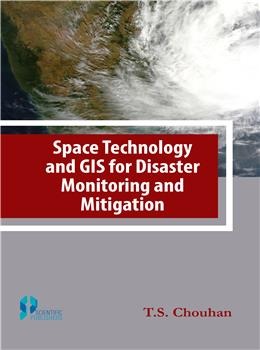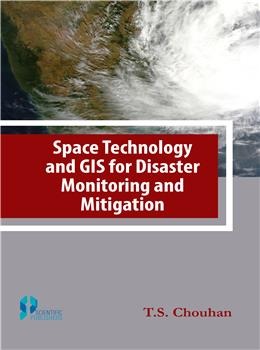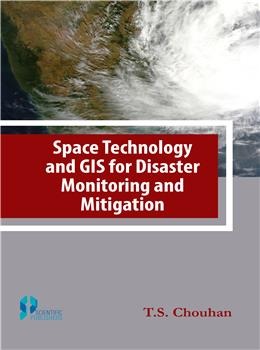Space Technology and GIS for Disaster Monitoring and Mitigation
Space Technology and GIS for Disaster Monitoring and Mitigation is backordered and will ship as soon as it is back in stock.
Couldn't load pickup availability
Genuine Products Guarantee
Genuine Products Guarantee
We guarantee 100% genuine products, and if proven otherwise, we will compensate you with 10 times the product's cost.
Delivery and Shipping
Delivery and Shipping
Products are generally ready for dispatch within 1 day and typically reach you in 3 to 5 days.
📘 Book Details
-
Author: T.S. Chouhan
-
Publisher: Scientific Publishers
-
Language: English
-
Edition: 1st Edition (2018)
-
Binding: Hard Bound
-
Pages: 237
-
Size: 6.50 x 9.70 x 2.00 inches
-
Weight: 490 g
-
ISBN: 9789386102850
-
Book Type: Academic Textbook
📖 About the Book
Space Technologies for Disaster Management highlights the transformative role of space technologies in disaster risk management and mitigation. With their remarkable ability to assess and monitor vast geographical areas, space technologies have become indispensable tools for disaster preparedness, early warning systems, and response phases of disaster management.
From flooding and cyclones to drought, desertification, earthquakes, and tsunamis, space technologies provide invaluable support in risk assessment and the subsequent management of disaster effects. The book explores the use of GIS (Geographic Information Systems) in evaluating risk scenarios and decision-making, offering a cost-effective and comprehensive approach to safeguard vulnerable areas.
🎯 Key Features
-
In-depth exploration of space technologies in disaster management
-
Focus on GIS for hazard risk assessment and mitigation
-
Key role of space tech in flooding, cyclones, droughts, earthquakes, and tsunamis
-
Emphasis on early warning and monitoring systems for disasters
-
Cost-effective and large-area coverage advantages of space-based systems
🎯 Ideal For
-
Disaster management professionals and geospatial analysts
-
Students and researchers in environmental science, geoinformatics, and disaster management
-
NGOs and government agencies working on disaster risk reduction
-
Policy makers and emergency response teams seeking advanced tools for disaster mitigation





